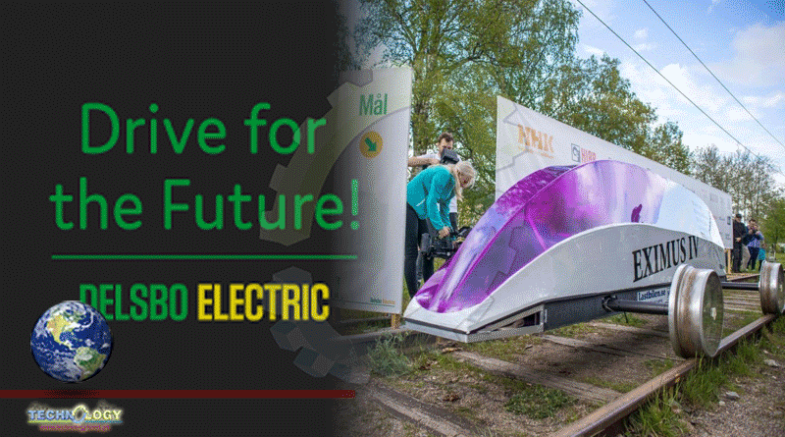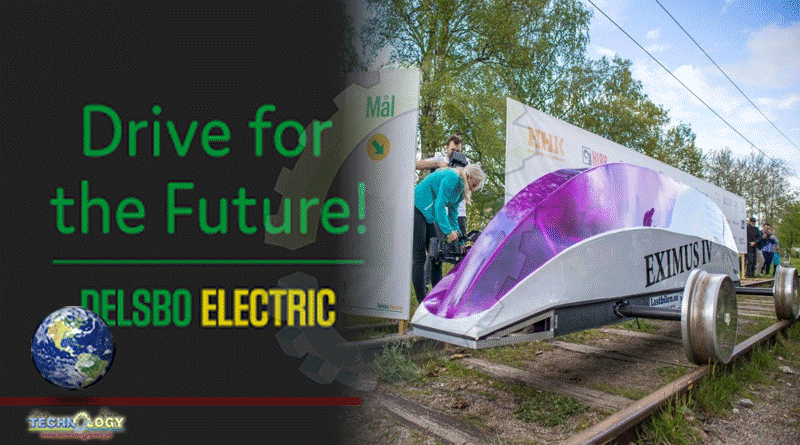It May Be A While Before There Are Cars That Can Circle The Planet On The Energy Of 2 Liters Of Gas But That Day Is On The Horizon

In Delsbo, Sweden, there’s an annual competition for ecological vehicles called the “Delsbo Electric,” where the one that consumes the least is the winner. For years now, it has brought together the world’s engineering enthusiasts and most efficient vehicles. Delsbo Electric’s mission is to drive the transition to a more sustainable world with an inspiring experience for emerging engineers to show-off their developments.
That’s why the competition isn’t focused on speed but on reducing the environmental impact by the vehicles’ efficiency. The contestants have to design, build, and drive an electrified rail vehicle – a car on tracks – that can carry up to six passengers. The one the uses the least amount of energy wins. The race is on rails to keep the car’s rolling resistance to a minimum. The course is 3.36 km (2.1 miles) long. Energy is tallied up in watt-hours and then divided by the number of passengers on board.
The track is fitted with advanced measuring equipment that collects video and data on the vehicles’ performance twice per second. It relays the information back to the organizers for analysis and research. The next event will include wind and temperature sensors to track how cars respond to changing conditions.
This year, the winning car, called Eximus IV, was created by students from the Swedish University of Dalarna. The same team has won on every event they ever entered since 2016, and every year they beat their old record. In 2016, they earned the title of the most energy-efficient vehicle with a 0.84 watt-hour per person per kilometer car. Last year, they hit a record efficiency of 0.603 Wh/person-km, and this year 0.517 Wh/person-km.
The four-wheeled Eximus IV can theoretically transport people almost halfway around the planet using the energy contained in only one liter of gas. It runs metal wheels on metal rails to reduce rolling drag, while the form also emphasizes efficiency with clean lines for minimal drag. The car levitates (lifts less than a millimeter) from the tracks to avoid friction. And while it may be the champion, all vehicles that competed in the 2020 event use less energy than an ordinary car’s headlights.
All the data they collect from these races each year can be used to apply the students’ developments in real-life vehicles. So, it may be a while before there are cars that can circle the planet on the energy of 2 liters of gas… but that day is on the horizon.
This news was originally published at Intelligent Living
